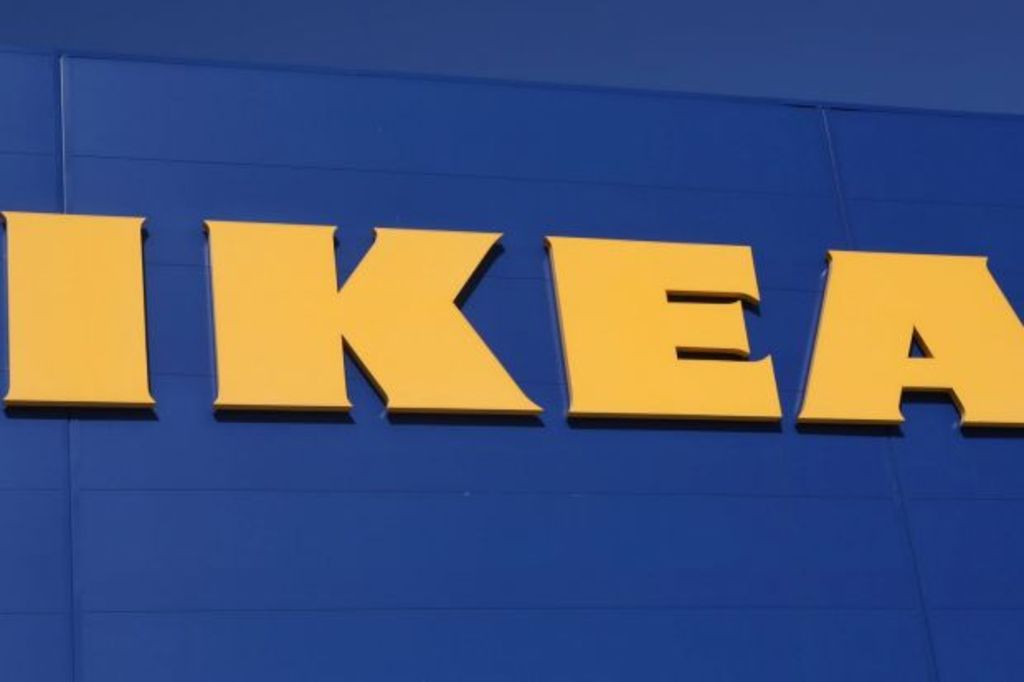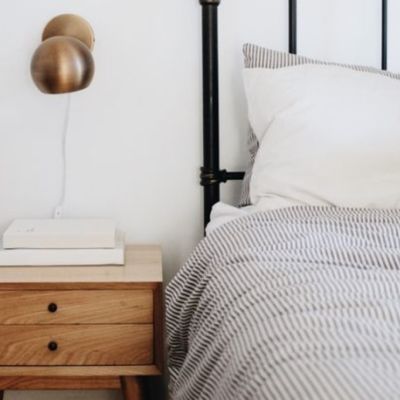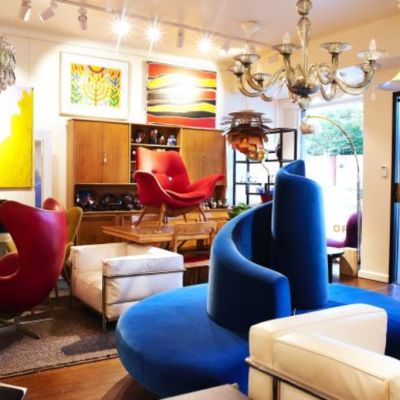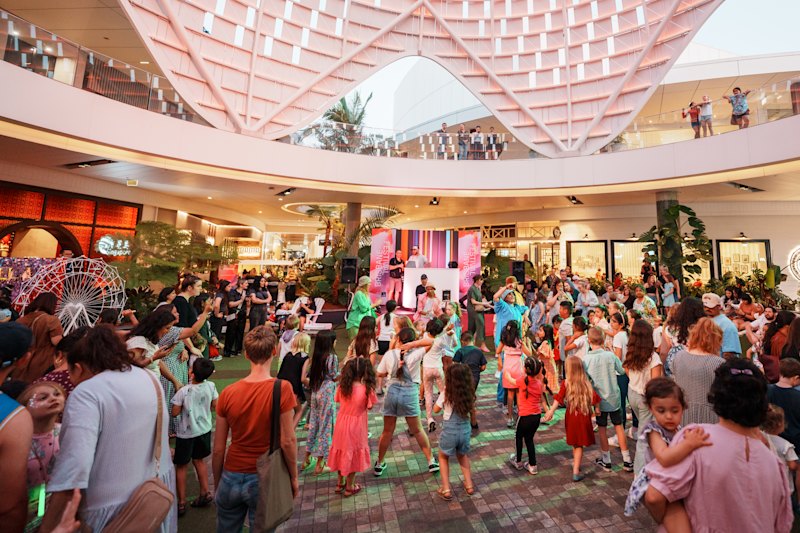Rare vintage IKEA pieces sell for thousands at high-end auctions

- IKEA’s best and worst buys, according to experts
- Did IKEA kill the antiques industry?
- Moving and storing antiques and valuables
If you regularly browse antique stores for classic Art Nouveau or mid-century modern masterpieces, chances are flatpack furniture behemoth IKEA is the furthest thing from your mind.
That may soon change, though, with the Scandinavian superstore capturing the fashion and design zeitgeist like never before.
From Balenciaga’s $2600 homage to the furniture store’s utilitarian $0.99 Frakta tote bag to a sneakerhead customising their “Yeezys” to mimic the famous blue-and-yellow emblem, the plastic fantastic has long been garnering underground hipster cred.
Now, Swedish online auction platform Barnebys has made headlines with the news that an IKEA chair from 1944 was snapped up for nearly $90,000 at an international auction.
The item in question is referred to as the “mushroom” or “clam” chair, and was designed by Danish architect Philip Arctander in 1944, just a year after IKEA first opened its doors.
Barnebys co-founder Pontus Silverstolpe said there has been a worldwide boom in sales of vintage IKEA furniture, with mid-20th-century limited-run pieces often the most sought after.
“Our records show that there is a huge demand, greater than ever before, for vintage IKEA furniture. There has been a big boom within the last year that has been felt in markets all across the world,” Silverstolpe told the Mail Online.
“Unlike many of their items today, IKEA’s older products were actually made very well and have stood the test of time,” he said.

The 1944 IKEA clam chair designed by Danish architect Philip Arctander. Photo: Barnebys
The trend is expected to continue, with furniture buyers now beginning to search for statement pieces from the mid-late 20th century.
“When a new generation becomes financially established and begins to trade at an auction, they usually start to buy what they saw around them when growing up,” Silverstolpe said in an interview with House Beautiful UK.
“We saw it clearly around the turn of the century when the Scandinavian design from the 1950s and 60s became incredibly popular, and now it’s increasingly 1970s and ’90s.”
If your eyes are watering at the thought of spending a year’s salary on a single secondhand IKEA chair, rest assured that you’ll still be able to source cheap and cheerful fittings from the flatpack furniture king. The company uses a staggering 1 per cent of the world’s wood supply and sells about 100 million products a year, so it won’t be running out of stock any time soon.

The author’s own IKEA outdoor setting. Photo: Isabelle Lane
Indeed, a comparison of catalogue prices with those from 1988 shows that an evergreen favourite like the Poäng armchair now retails at a fraction of the price it debuted at, with the cost dropping from over $400 to about $100.
Not to mention the constant secondhand trade in cheap-as-chips bookcases, coffee tables and bed frames that thrifty home owners and sharehouses nationwide gravitate to on sites like eBay and Gumtree.
Recently, for example, my housemates and I purchased a lovingly used, albeit not quite “vintage”, outdoor setting from a seller on a local classifieds website. Four chairs, cushions and a table, for the princely sum of $60.
The seller even assisted my spatially challenged housemates by deconstructing it and packing it into our hatchback car. That’s the sort of thing money can’t buy.
We recommend
We thought you might like
States
Capital Cities
Capital Cities - Rentals
Popular Areas
Allhomes
More
- © 2025, CoStar Group Inc.









